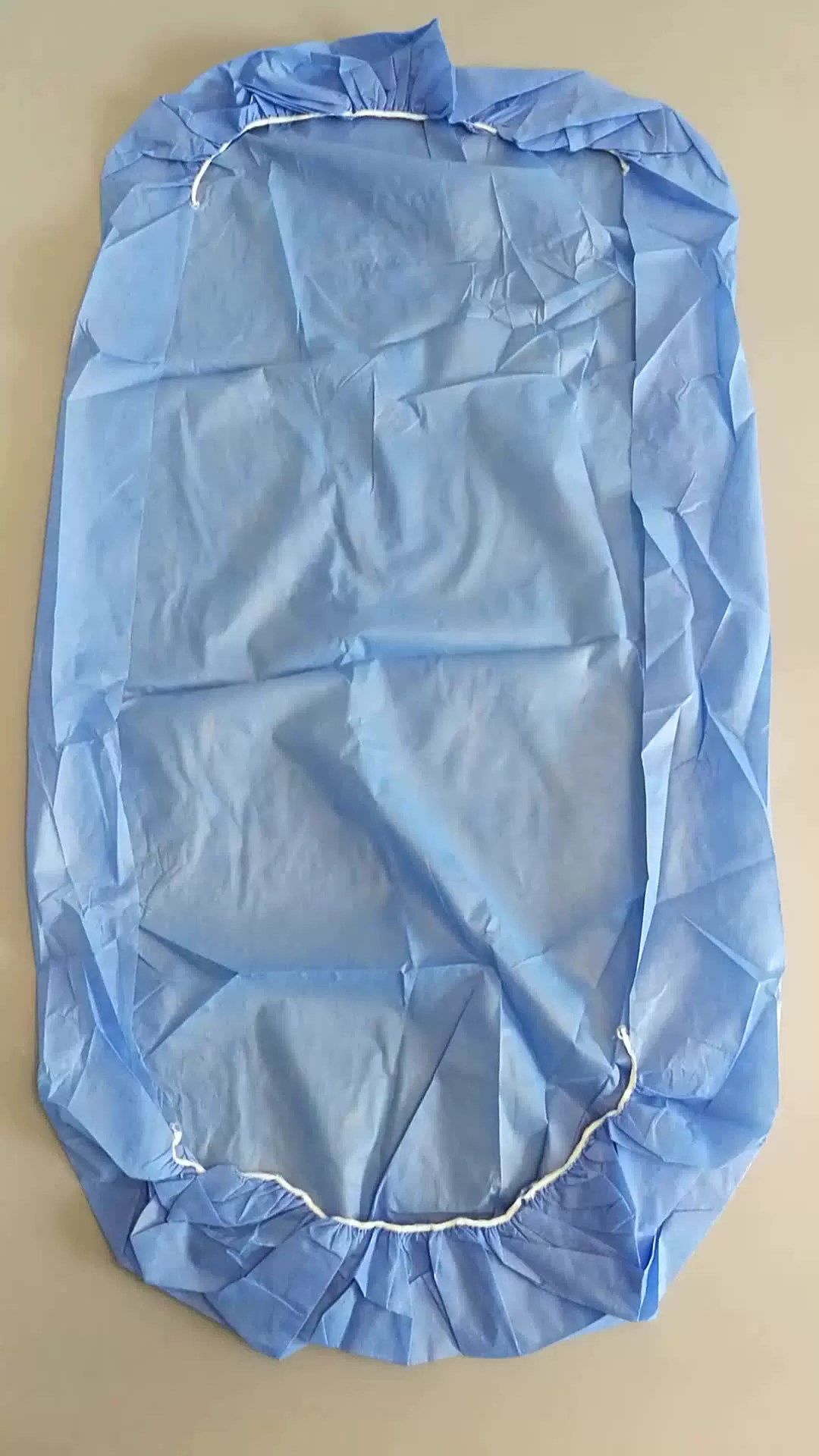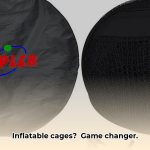Finding the perfect hospital bed sheets can significantly impact patient comfort, hygiene, and pressure sore prevention. This comprehensive guide covers everything you need to know—from material types and sizes to care and cost—to help you choose the best sheets for both hospital and home care settings.
Choosing the Right Type of Hospital Bed Sheet
Understanding the different types of hospital bed sheets is the first step in making the right purchase. Each type serves a specific purpose in patient care and comfort. Click on the links below to jump to the relevant sections:
Fitted Sheets
Flat Sheets
Draw Sheets
Specialty Sheets
Fitted Sheets: The Foundation
Fitted sheets are designed with elasticized corners for a secure fit on the mattress. This snug fit prevents slippage, wrinkles, and bunching, which can contribute to discomfort and skin irritation. A properly fitted sheet creates a smooth, even surface, enhancing patient comfort and minimizing the risk of pressure sores. Choosing the correct size is essential. While standard hospital beds often use sheets that are 36 inches wide and 80 inches long, extra-long options (36 inches by 84 inches) are available for taller individuals. Always check the mattress thickness as well, as hospital bed mattresses typically range from 6 to 9 inches deep. Fitted sheets need deep pockets to accommodate this thickness and ensure a secure fit.
Flat Sheets: Added Comfort and Hygiene
Flat sheets provide an additional layer of comfort and warmth over the fitted sheet. They also act as a protective barrier between the patient and the blanket, promoting hygiene. Flat sheets can be easily changed and laundered frequently, contributing to infection control in hospital environments. Learning how to make crisp hospital corners can further enhance the neatness and security of the bedding.
Draw Sheets: An Aid for Caregivers
Draw sheets are placed under the patient, typically between the fitted sheet and the flat sheet. They aren’t as well-known as fitted or flat sheets, but they play a crucial role in patient care. Draw sheets allow caregivers to reposition or transfer patients with greater ease, reducing strain on both the caregiver and the patient. This also minimizes friction against the skin, reducing the risk of skin shearing and pressure sores.
Specialty Sheets: Addressing Unique Needs
Beyond the basic fitted, flat, and draw sheets, there are specialty sheets designed to address specific patient needs. Contour sheets, for instance, provide pressure relief through curves and contours, benefiting patients at high risk for pressure sores. Bariatric sheets are made for larger beds, ensuring adequate coverage and comfort for bariatric patients. Disposable sheets provide ultimate convenience by eliminating the need for laundering. They can be essential for managing incontinence or in situations requiring maximum hygiene.
Decoding Hospital Bed Sheet Materials
The material of a hospital bed sheet directly impacts patient comfort, hygiene, and the sheet’s overall durability. Here’s a breakdown of common materials:
- Cotton: Known for its breathability, softness, and absorbency, cotton offers natural comfort. It’s a good choice for patients with sensitive skin. However, it wrinkles easily and may shrink after washing.
- Polyester: Polyester excels in durability, wrinkle resistance, and ease of care. It is often blended with cotton (“polycotton”) to combine the benefits of both fibers. While polyester blends offer good value and practicality, they may not be as breathable as pure cotton.
- Microfiber: This synthetic material is exceptionally soft and known for its moisture-wicking and stain-resistant properties. However, some research suggests microfiber may not be as durable as cotton or polyester in the long run.
- Jersey Knit: Providing ultimate comfort and a bit of stretch, jersey knit is similar to the material used in comfortable pajamas. It may pill over time with repeated washing.
- Antimicrobial Fabrics: Designed to inhibit bacterial growth, antimicrobial fabrics offer an added layer of protection against infections. Ongoing research is exploring new and even more effective antimicrobial textiles.
Here’s a helpful table summarizing the pros and cons of each material:
| Material | Pros | Cons |
|---|---|---|
| Cotton | Breathable, Soft, Generally Affordable | Wrinkles Easily, May Shrink |
| Polyester | Durable, Wrinkle-Resistant, Easy Care | Can Feel Less Breathable |
| Microfiber | Soft, Moisture-Wicking, Stain-Resistant | May Be Less Durable |
| Jersey Knit | Comfortable, Stretchy | May Pill Over Time |
| Antimicrobial | Infection Control | Can be more expensive |
Where to Buy Hospital Bed Sheets
Sourcing hospital bed sheets depends on your individual or facility needs. Here are a few options:
- Online Retailers: Sites like Amazon and eBay offer a vast selection of hospital bed sheets, often at competitive prices. You can find specific products like the “White Classic Fitted Hospital Bed Sheet” on these platforms.
- Medical Supply Stores: Stores such as Rehabmart and Mobility City specialize in healthcare products and often offer rentals, a convenient option for short-term needs or for trying out different products. Local medical supply stores like Mobility City in St. Louis also provide personalized service and may stock specialized items.
- Linen Services: Companies like ImageFIRST cater specifically to healthcare facilities, offering rental programs and comprehensive laundry solutions. This service ensures a constant supply of clean, hygienic linen, freeing up facility staff to focus on patient care.
Caring for Hospital Bed Sheets
Proper care and laundering are crucial for maintaining hygiene and extending the life of hospital bed sheets.
- Washing: Always follow the manufacturer’s instructions, paying attention to recommended water temperatures and detergents. In healthcare settings, the use of approved disinfectants is essential to prevent the spread of infection.
- Drying: Ensure thorough drying to prevent the growth of bacteria and mold. High heat is typically recommended for effective disinfection, but always check the care label.
- Hospital Corners: This folding technique creates a neat, secure fit and keeps the sheets in place. Many online tutorials demonstrate how to make hospital corners properly.
Cost Considerations
Hospital bed sheet prices vary depending on the material, brand, and retailer. Reusable sheets are a long-term investment, while disposable options offer convenience but may be more expensive over time. Renting can be a cost-effective solution for short-term needs or for larger facilities. Professional laundering services from linen rental companies may seem costly initially, but they can save time and resources in the long run.
Hospital Bed Sheets for Home Care
Using hospital bed sheets at home presents unique considerations. Comfort and ease of laundering often take priority. For patients with limited mobility or those at risk of pressure sores, the choice of material and sheet type is critical. Smooth, wrinkle-free sheets minimize friction, promoting comfort and preventing skin breakdown. Draw sheets can be especially useful in a home care setting, making it easier for family members or caregivers to reposition the patient.
Hygiene and Infection Control
In any healthcare setting, maintaining hygiene is paramount. Proper laundering and the use of antimicrobial fabrics contribute to infection control. Regularly changing and laundering bed linen is essential for preventing the spread of bacteria and other pathogens.
Comfort and Pressure Relief
Hospital bed sheets play a significant role in patient comfort and pressure sore prevention. Smooth, wrinkle-free sheets reduce friction against the skin. Specialty sheets, like contour sheets, provide targeted pressure relief.
Sustainability
For environmentally conscious individuals and facilities, sustainable options are available. Reusable sheets, though requiring laundering, are generally more sustainable than disposables in the long run. Consider eco-friendly materials like organic cotton or bamboo.
Conclusion
Choosing the right hospital bed sheets involves understanding the various types, materials, and care requirements. By considering the specific needs of the patient or facility, you can make informed decisions that prioritize comfort, hygiene, and cost-effectiveness. Transform your sleep sanctuary with inspiring bedroom artwork and clever bedroom organizers. If you have any questions or comments, please leave them below!
- Burning Plastic Smell in House: Causes, Solutions, and Safety Measures - April 8, 2025
- Best Bug Killer for Yard: Effective Pest Control Guide (2024) - April 8, 2025
- Brown Recluse Spider Bites: Identification, Treatment, and Prevention - April 8, 2025










